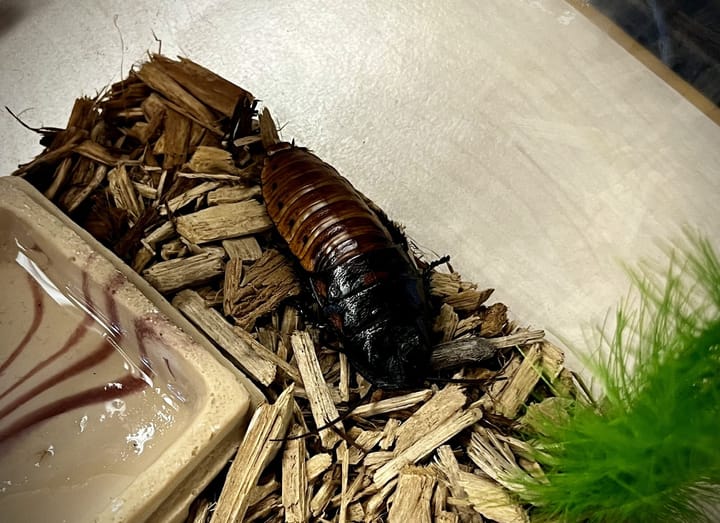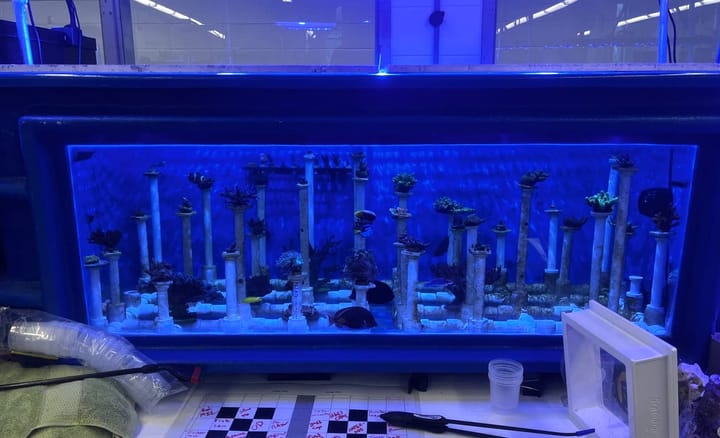The Snakes of Connecticut: Part Two
The second in a four-part series on the native snakes of Connecticut.
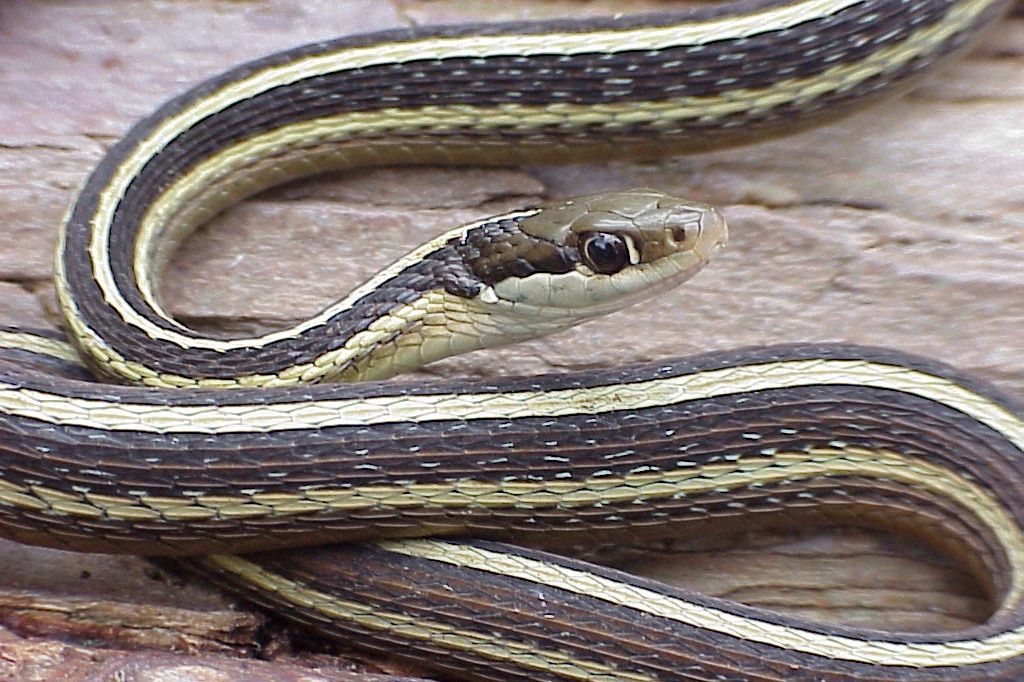
Connecticut isn't known for its exciting wildlife. That all changes when in comes to snakes. In this second installment of a four-part series, a look a three of Connecticut's fascinating native snakes.
The DeKay's Brown Snake
Storeria dekayi
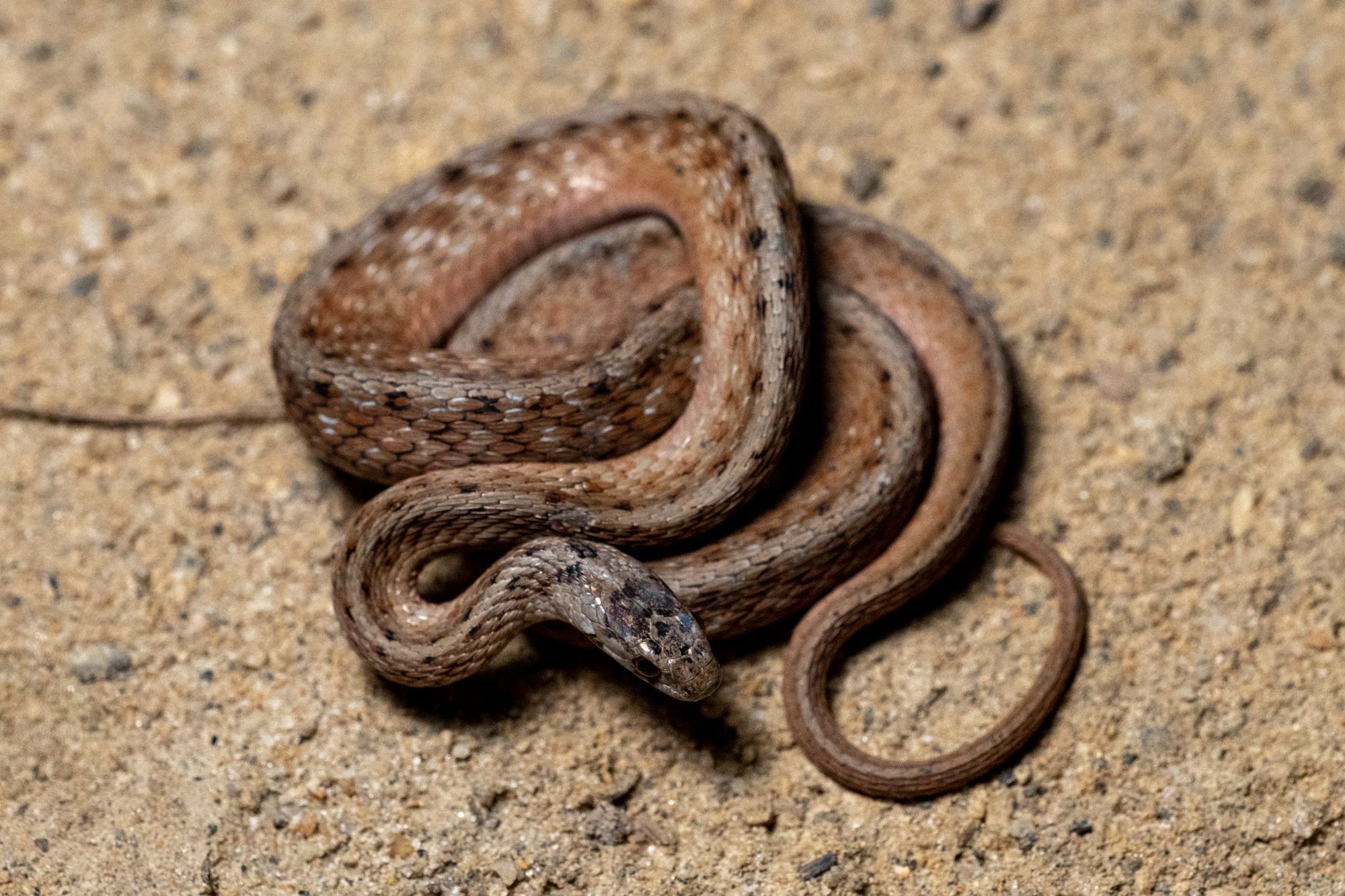
Reaching a maximum of one foot in length, the DeKay's brown snake is one of the smallest snakes in Connecticut. The snake’s small size means that it can only eat invertebrates, so its diet consists of worms, slugs, and snails, and it has special jaws built to remove the snails from their shell. The babies can have a hard time finding food as when they are born, as they are less than three inches long.
The scientific name for the DeKay's brown snake is Storeria dekayi, with both parts of the name being named after notable zoologists. The generic name, Storeria, honors zoologist David Humphreys Storer, while the species name, dekayi, is in honor of American zoologist James Ellsworth DeKay, who collected the first specimen on Long Island, New York. This is the only North American snake whose binomial (two-part scientific name) is a double honorific — that is, both the generic name and the specific name honor people.
The Common Garter Snake
Thamnophis sirtalisis

The common garter snake is a small and slender species in the family colubridae that measures two to four feet in length. The garter snake's scientific name, Thamnophis sirtalisis, is derived from the Greek words thamnos (meaning shrub or bush) and ophio (meaning serpent or reptile) and the New Latin word sirtalis (meaning ‘like a garter.’)
Garter snakes are small in size and can often be found in holes or under debris. Unlike many other snake species, garter snakes often congregate in large groups. The garter snake's diet consists of prey found in and around water, such as minnows, frogs, frog eggs, tadpoles, leeches, crayfish, large insects, salamanders, turtles, and other snakes.
"While garter snakes pose no danger to humans, the mild neurotoxin in the saliva has enough strength to kill a frog."
Up until the early 2000s, it was believed that garter snakes hunted like most non-venomous snakes, until it was discovered that they had a mild venom in their salvia that was targeted to amphibians. While garter snakes pose no danger to humans, the mild neurotoxin in the saliva has enough strength to kill a frog.
Garter snakes have the ability to take in toxins from other animals with naturally occuring poisons. If a garter snake catches and ingests an American toad and rough-skinned newt — both of which have poisons that are deadly to humans — the garter snake can then repurpose the poison and use it to make its own poisons, which helps to deter predators.
The Ribbon Snake
Thamnophis sauritus
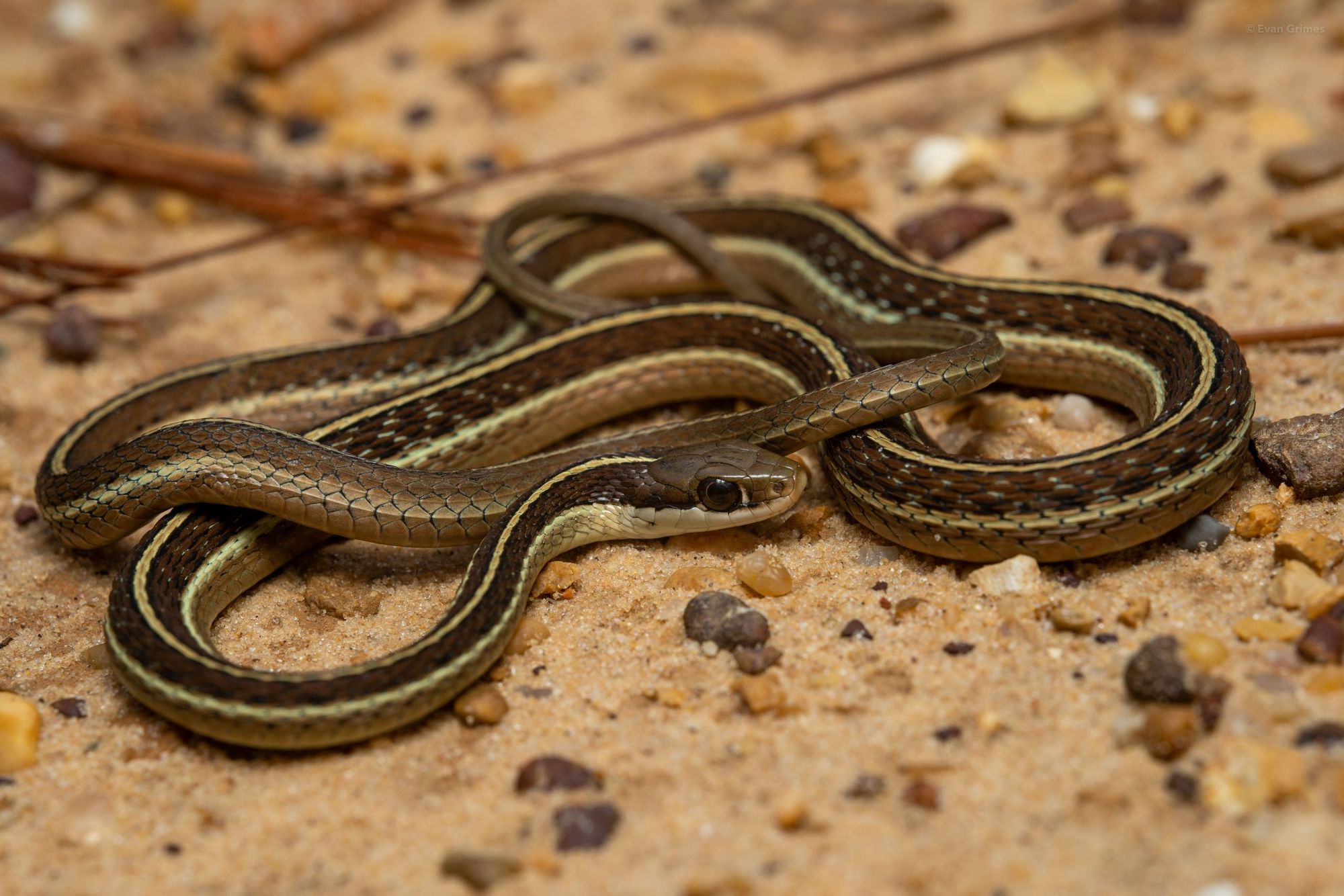
With a maximum length of three feet, the ribbon snake is a very small snake, and the thinnest of the Thamnophis genus. The ribbon snake’s scientific name, Thamnophis sauritus, is derived from the Greek words thamnos (meaning shrub or bush), ophio (meaning serpent or reptile), and sauros (meaning lizard or reptile.)
Similarly to garter snakes, this species doesn't eat warm-blooded animals. The diet of ribbon snakes consists of minnows, frogs, frog eggs, tadpoles, leeches, crayfish, large insects, salamanders, turtles, and other snakes. Also like the garter snake, ribbon snakes are ovoviviparous , which means that they give live birth.
Check back in the November edition for part three of this four-part series on Connecticut's native snakes.




